 Why does ISO have two sets of standards on project management?
Why does ISO have two sets of standards on project management?
These two sets of standards are complementary, not interchangeable. There is one set for project management (21500) and another for quality management systems in the field of projects (10006). Neither of them is subject to certification. ISO 9001/2008 provides certification on issues corresponding to these standards.
Implement ISO-based project management with ITM Platform
Now we are going to explain the difference between both:
- ISO 10006/2003: is not a set of standards on project management. It is a set of standards on quality management systems in projects. The purpose of these standards is to offer additional guidelines - not requirements - to companies that clarify issues related to technical management. ISO 10006/2003 focuses on the management system used to manage quality in projects and is very useful for strong parent companies that wish to adopt ISO 9001/2008 standards and obtain certification.
- ISO 21500/2012: is a specific set of standards for project management. It offers a guide - not a series of requirements - and is therefore not subject to certification. ISO 21500/2012 focuses on project management, processes and management areas, and coincides with such bodies of knowledge as PMBOK. It is useful for companies that wish to standardize and improve their project management. It is interesting to note that the two sets of standards do indeed overlap at certain points - hence their complementary nature - regarding the manner in which a project should be managed (‘best practices’ under 21500 and ‘quality management system’ under 10006). By applying and putting these standards into practice, all project-related work undertaken by an organization can be significantly improved.
The most immediate effect of ISO in project management is an emergence of global standards in this market due to an international agreement on project management principles and guidelines; in other words, organizations and professionals that manage and run projects are now able to use the same concepts and structures in their contractual and working relationships with clients, partners, suppliers and other stakeholders. This is facilitating the expansion of project-based businesses worldwide. Hence, ISO-based project management provides companies with a strategic advantage.
Another very important effect can be found in employment-related issues, because project management teams can be created or assembled under a contract that will comprise the definition of a scope or certain requirements, a set deadline, a forecast cost, a geographic area and the stakeholders involved. This implies the involvement of professionals from numerous specialized field and nationalities, requiring swift and temporary collaborations between groups. The flexibility, effectiveness and efficiency of these groups will depend on knowing and applying the management processes agreed upon globally under the ISO international standards on project management. In this regard, the education and training of professionals in project management skills gains additional importance as this might now refer to such professional certificates as the PMP® from the PMI® based on knowledge of the PMBOK Guide (Chapter 3 of which coincides with ISO 21500 by over 90%). ISO-based project management is an executive advantage for professionals who manage projects.
ISO Standards 10006 and 21500 relate to international knowledge, such as PMBOK, PRINCE2 and ICB3.0 on project management. They are not subject to certification but have also been included in knowledge standards that are subject to certification, such as ISO 9001/2008 and the PMP® from the PMI®.
Other posts you may be interested in:

 Why does ISO have two sets of standards on project management?
Why does ISO have two sets of standards on project management?
 The duties of a PMO include assessing and planning which projects to carry out, a task that usually becomes an exercise in reaching consensus and seeking balance. Let us look at a practical example. Let us suppose that our PMO starts preparing budgets a few months before the start of the next financial year. This preparation can be compared to crossing a ravine on a rope, just like a tightrope walker might do.
The duties of a PMO include assessing and planning which projects to carry out, a task that usually becomes an exercise in reaching consensus and seeking balance. Let us look at a practical example. Let us suppose that our PMO starts preparing budgets a few months before the start of the next financial year. This preparation can be compared to crossing a ravine on a rope, just like a tightrope walker might do. In turn, this process can be undertaken using a variety of media; either an application or a spreadsheet. Regardless of the medium used, we will obtain a value for the objectives and an order of priority. Below is an example result from the above-mentioned peer assessment.
In turn, this process can be undertaken using a variety of media; either an application or a spreadsheet. Regardless of the medium used, we will obtain a value for the objectives and an order of priority. Below is an example result from the above-mentioned peer assessment.




 The life cycle of a project comprises the set of phases into which a project is organized from start to finish. A phase is a set of inter-related project activities that generally concludes with delivery of a partial or complete product. Some simple projects only require one phase while other, more complicated projects require a significant number of phases and sub-phases.
The life cycle of a project comprises the set of phases into which a project is organized from start to finish. A phase is a set of inter-related project activities that generally concludes with delivery of a partial or complete product. Some simple projects only require one phase while other, more complicated projects require a significant number of phases and sub-phases.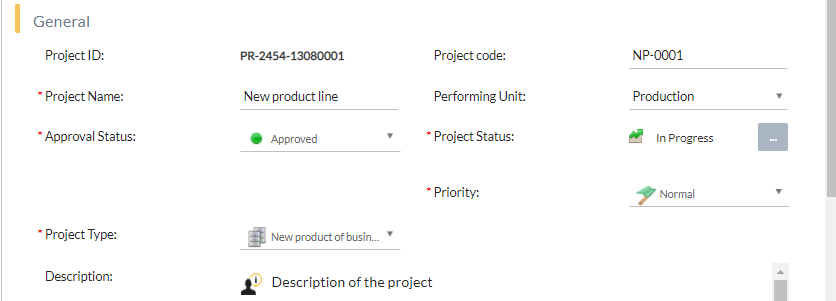
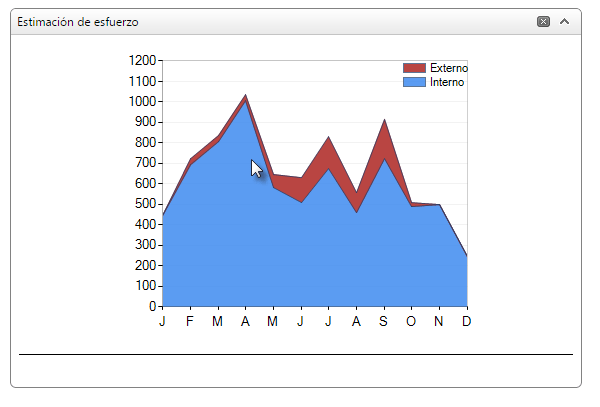
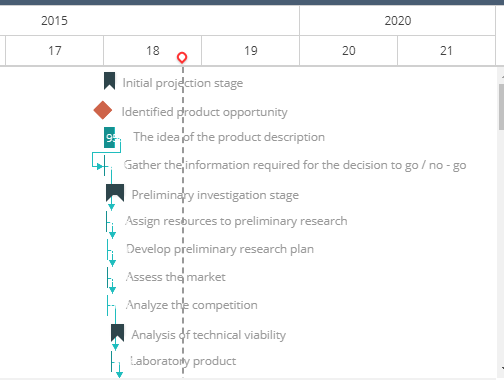
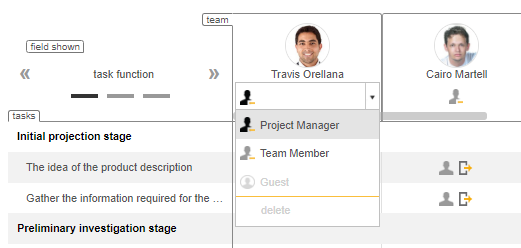
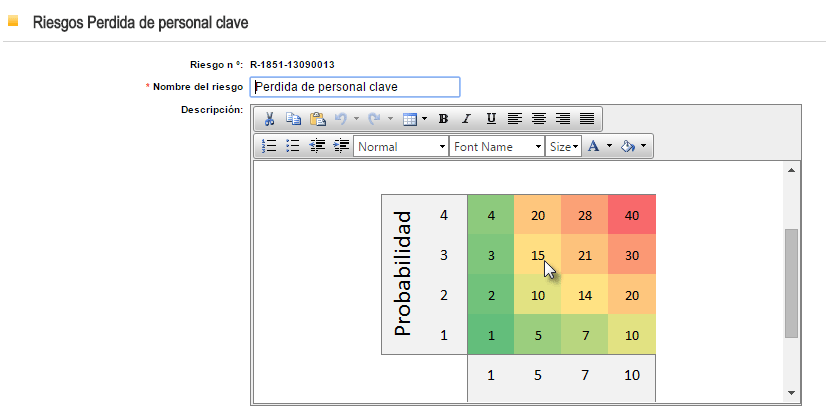
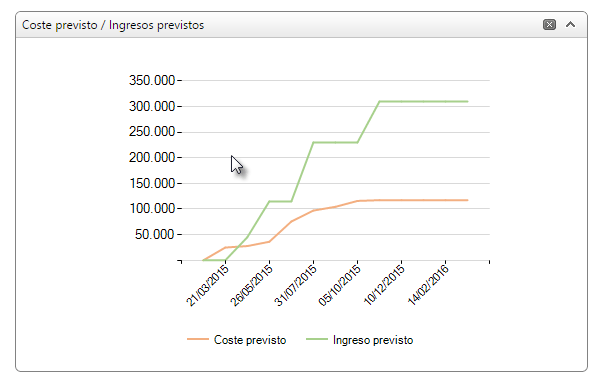
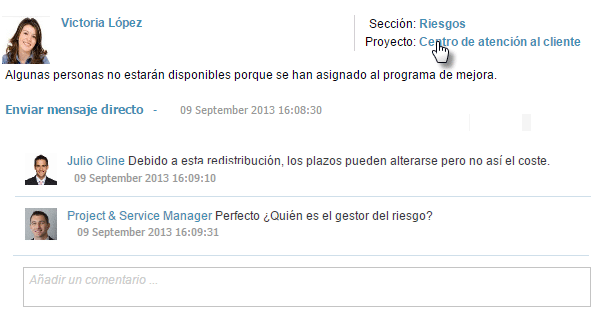

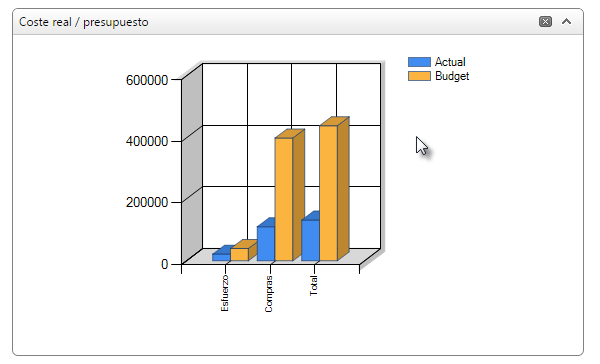
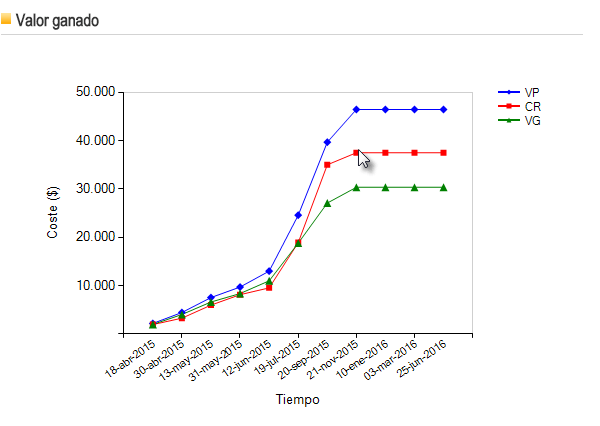

 Projects are carried out within an organization whose culture, style and structure influence the way in which these projects are carried out. Project managers should be aware of this reality and adapt to the environmental factors of the organization where the project is developed.
Projects are carried out within an organization whose culture, style and structure influence the way in which these projects are carried out. Project managers should be aware of this reality and adapt to the environmental factors of the organization where the project is developed.